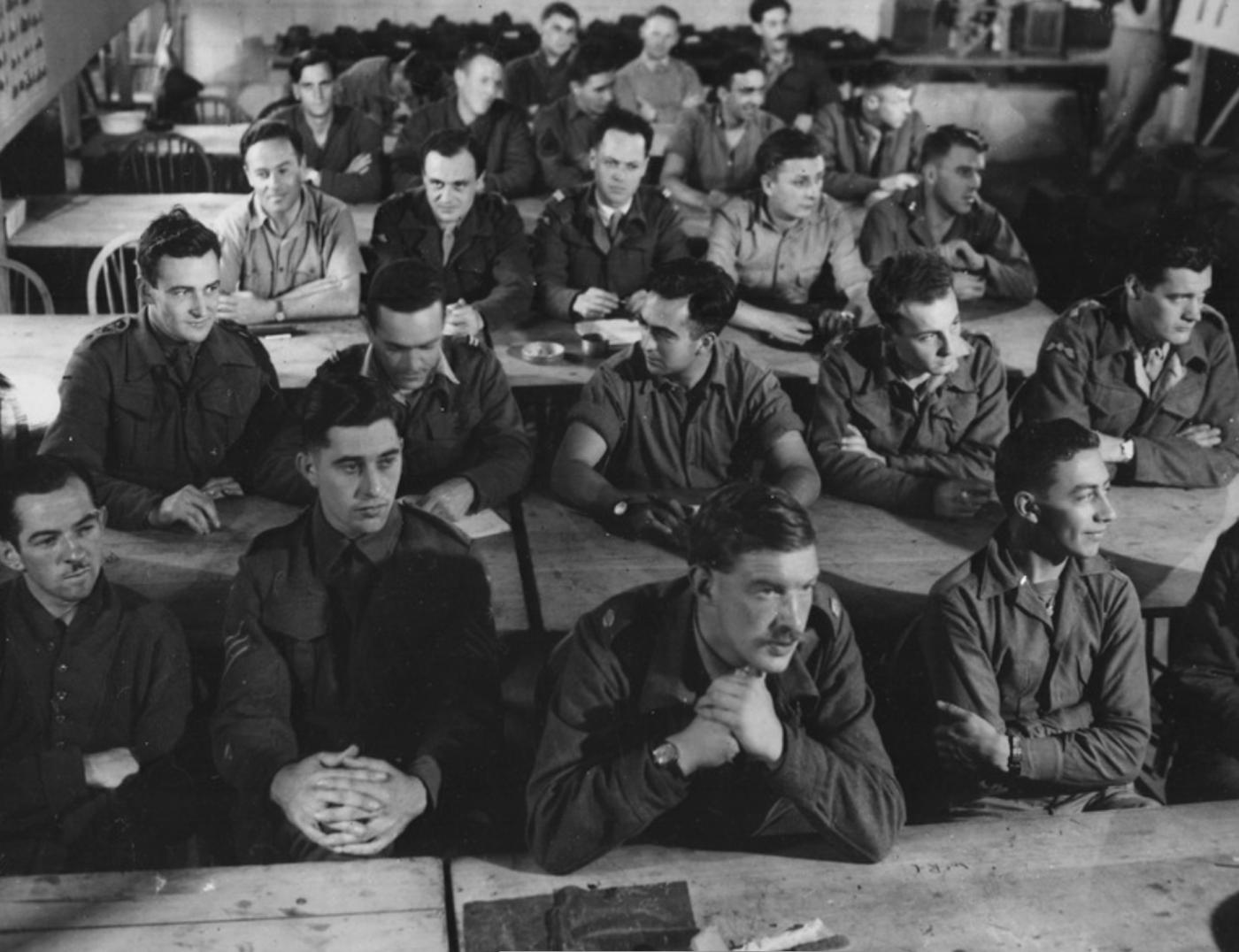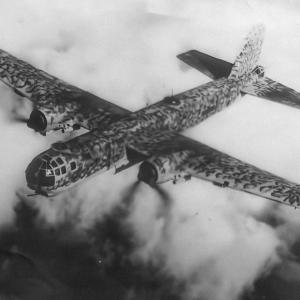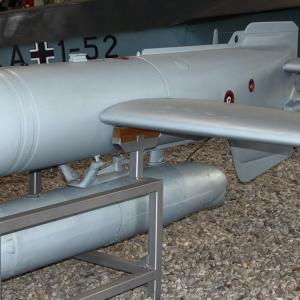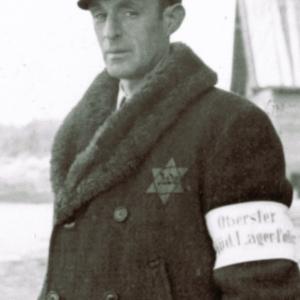
SOE training Milton Hall
During the Second World War, the elegant estate of Milton Hall in Cambridgeshire became more than just a country house—it was quietly transformed into a training ground for one of the most secretive organizations of the war: the Special Operations Executive, or SOE. Established in July 1940 by Winston Churchill and known by the directive to “set Europe ablaze,” the SOE’s mission was to conduct espionage, sabotage, and reconnaissance in occupied Europe, often working closely with local resistance movements. Its operatives were handpicked for their resilience, adaptability, and often for their language skills, many coming from across the British Empire and occupied countries like France, Poland, and Czechoslovakia.
Milton Hall played a unique role in preparing these men and women for the dangerous missions ahead. The estate offered both seclusion and a versatile environment—its stables, woods, and outbuildings were perfect for the varied training exercises required. Among the national groups that trained there were units of the exiled Czechoslovak army, who would later parachute into Nazi-held territory to carry out acts of sabotage, including the assassination of Reinhard Heydrich, one of the architects of the Holocaust.
Training at Milton Hall was physically and psychologically demanding. Trainees learned how to operate behind enemy lines, survive in harsh conditions, and blend in with civilian populations. They were taught to handle and deploy explosives with precision, often practicing on derelict structures or mock-ups designed to resemble German facilities. These demolition lessons were not limited to simply blowing things up—they were about targeted, strategic destruction: collapsing bridges, disabling rail lines, destroying communication networks. Timing, concealment, and silence were emphasized. Trainees learned how to create improvised explosive devices using everyday items, how to wire charges to avoid detection, and how to time detonations for maximum disruption with minimal collateral damage.
Instructors—many of whom had already carried out missions in Europe—pushed the recruits to their limits. They simulated arrest and interrogation, forcing operatives to learn how to withstand psychological pressure. Physical endurance was just as important as technical skill. Long marches, weapons drills, and hand-to-hand combat training were part of daily life. Recruits often worked through the night, under the cover of darkness, to mimic the conditions they would face in the field.
The SOE’s training facilities were scattered across the UK, from remote Scottish highlands to quiet English manors like Milton Hall. Each site had a specialty—some focused on parachute training, others on sabotage, signals, or resistance tactics. Milton Hall’s contribution lay primarily in its role as a staging ground for practical demolition and covert action training, where operatives were turned into skilled saboteurs capable of undermining the Nazi war machine from within.
By the time a trainee left Milton Hall, they were no longer an ordinary soldier. They were a covert operative—trained to vanish into the night, to blend into occupied cities and countrysides, and to strike swiftly and silently. The legacy of Milton Hall during the war years is etched not in monuments, but in the daring missions carried out across Europe by those who once crept through its woods, memorized the feel of plastic explosives, and learned how to fight a war in the shadows.










